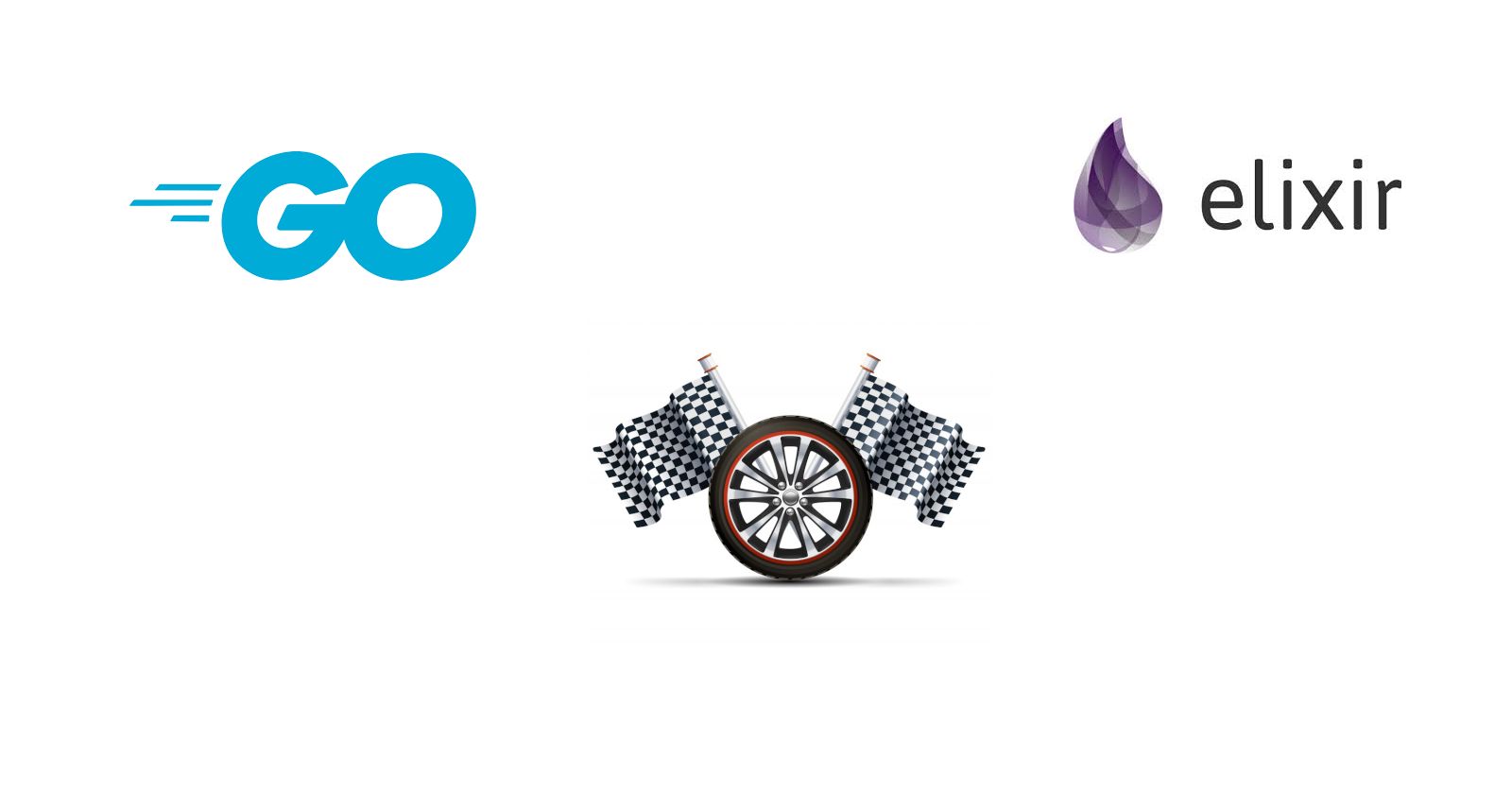Go vs Elixir for concurrency
 Nikhil Akki
Nikhil Akki
Elixir and Go (Golang) are both powerful languages, but they cater to different types of applications and development philosophies. Below is a comparison of their features:
1. Concurrency Model
Elixir:
Uses the Actor Model for concurrency, built on top of the BEAM (Erlang VM).
Processes in Elixir are lightweight and can be millions in a single application.
Fault-tolerance and supervision trees are built-in, making it ideal for distributed and highly available systems.
Go:
Uses Goroutines for concurrency, which are managed by the Go runtime.
Goroutines are also lightweight, but more closely tied to OS threads compared to Elixir's processes.
Channels provide a way to synchronize and communicate between Goroutines.
2. Performance
Elixir:
Generally slower in raw performance compared to Go, especially in CPU-bound tasks.
Excellent for I/O-bound tasks and systems that require high concurrency and fault tolerance.
Go:
Known for its speed and efficiency. It performs very well in CPU-bound tasks due to its compiled nature.
Suitable for performance-critical applications.
3. Ecosystem and Libraries
Elixir:
Built on the Erlang ecosystem, which is robust and mature.
Phoenix Framework is the go-to for web applications, known for its real-time features (like channels for WebSockets).
Strong ecosystem for distributed systems, telecommunications, and real-time applications.
Go:
Rich standard library, particularly strong in networking, HTTP, and concurrency.
Popular for building cloud services, microservices, CLI tools, and networking applications.
Strong tooling for DevOps and backend services.
4. Syntax and Language Design
Elixir:
Functional programming language with immutable data structures.
Inspired by Ruby, so it has a very developer-friendly syntax.
Emphasizes on concurrency, fault-tolerance, and scalability.
Go:
Imperative language with a C-like syntax.
Designed with simplicity and readability in mind, avoiding complex features like inheritance and generics (until Go 1.18).
Emphasizes on simplicity, clarity, and easy learning curve.
5. Deployment and Compilation
Elixir:
Uses BEAM VM, so the code is not compiled to native machine code but bytecode.
Deployment can be complex due to the need to manage the Erlang runtime and dependencies.
However, releases can be made with tools like Distillery and Mix.
Go:
Compiles to a single static binary, which simplifies deployment.
No external dependencies are required, making it easy to deploy and distribute Go applications.
Excellent cross-compilation support.
6. Scalability
Elixir:
Designed for massive scalability, making it suitable for distributed systems.
The OTP (Open Telecom Platform) provides robust tools for building scalable applications.
Go:
Scalable in terms of handling large numbers of concurrent connections.
Typically used for building scalable microservices and backend systems.
7. Community and Adoption
Elixir:
Strong community, particularly in startups and companies focusing on real-time systems.
Popular in industries like telecommunications, finance, and health tech.
Go:
Broad adoption across industries, particularly in the cloud-native and DevOps spaces.
Strong community with extensive corporate backing from companies like Google.
8. Use Cases
Elixir:
Real-time web applications (e.g., chat apps, gaming servers).
Distributed systems and services requiring fault tolerance.
Applications that need high concurrency with lightweight processes.
Go:
Cloud services, APIs, and microservices.
Systems programming, networking, and DevOps tools.
Performance-critical backend services.
Conclusion
Elixir is ideal if you need to build fault-tolerant, highly concurrent, and scalable distributed systems, especially in scenarios requiring real-time capabilities.
Go is better suited for performance-critical applications, especially in the cloud, microservices, and networked systems due to its simplicity, speed, and easy deployment.
Each language excels in its domain, but choosing a language goes beyond just tech specs, one has to also consider existing dev ecosystem in their city, country or region, cost of developer accusition etc.
Image attribution
Subscribe to my newsletter
Read articles from Nikhil Akki directly inside your inbox. Subscribe to the newsletter, and don't miss out.
Written by

Nikhil Akki
Nikhil Akki
I am a Full Stack Solution Architect at Deloitte LLP. I help build production grade web applications on major public clouds - AWS, GCP and Azure.